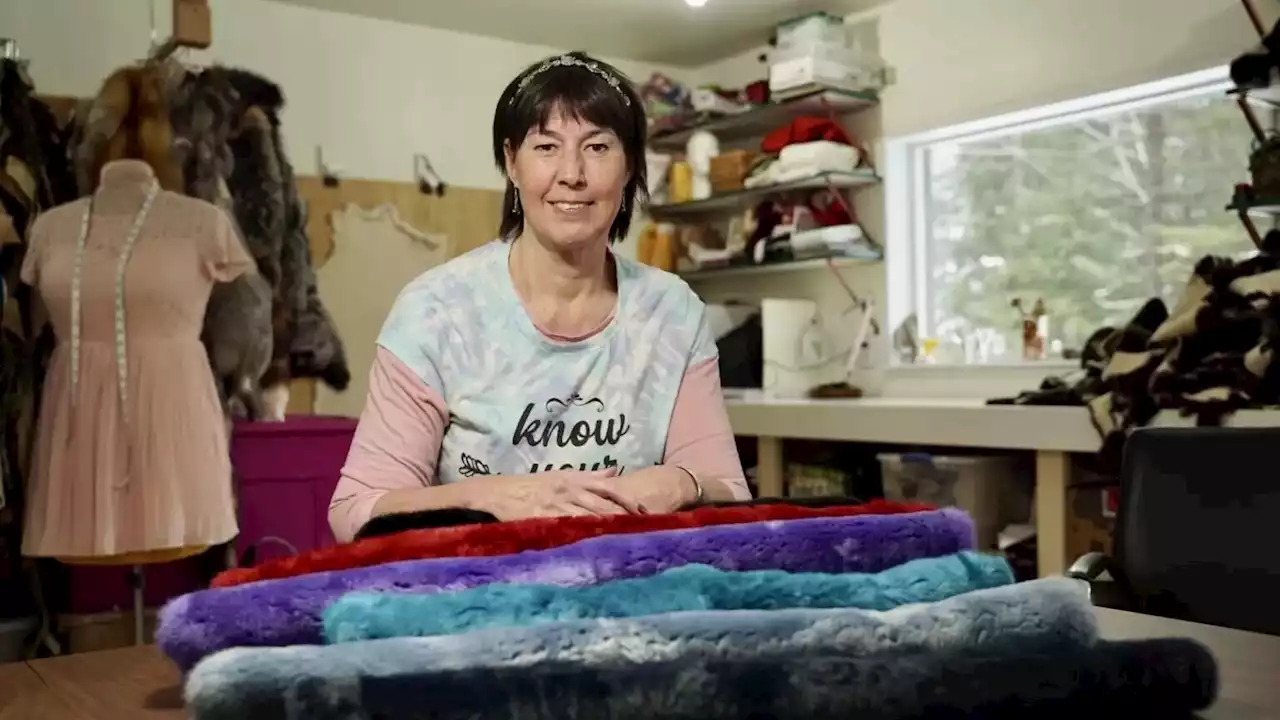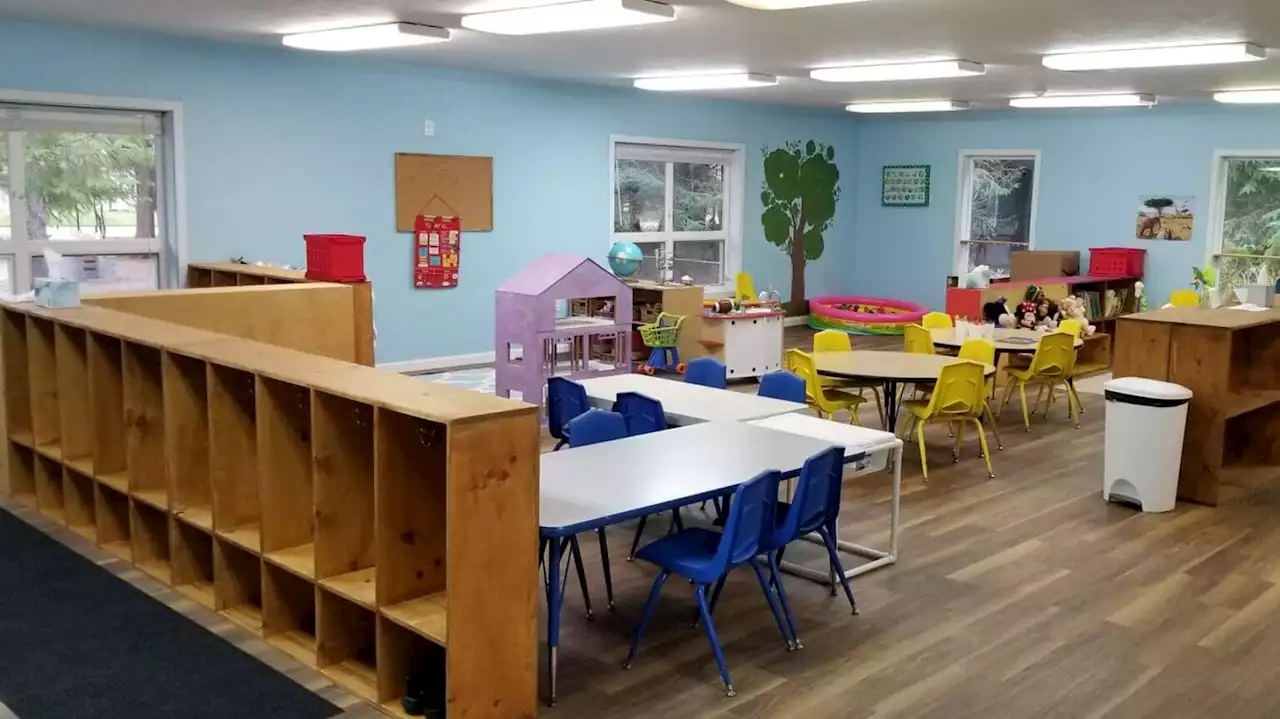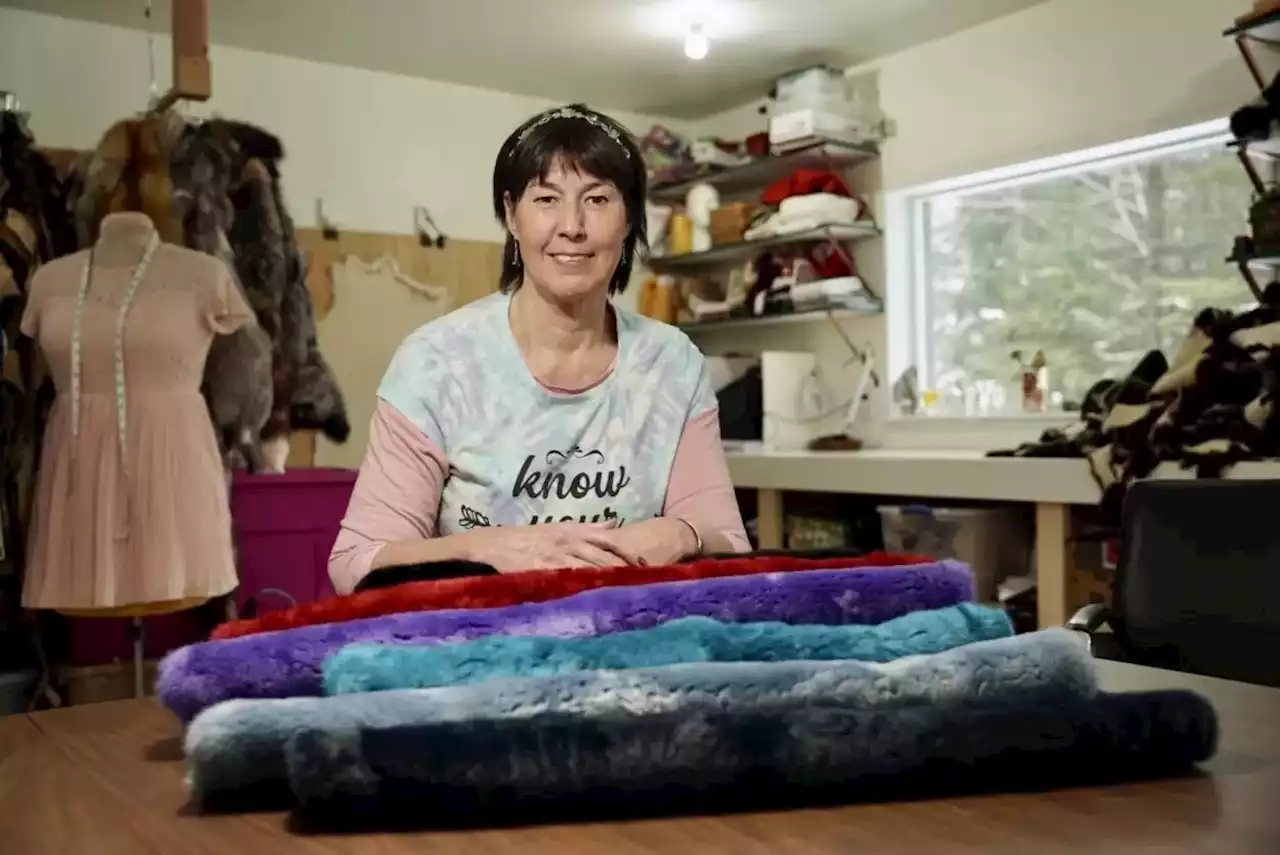Ketchikan artist Christy Ruby says that she’s been frustrated for years by how the Marine Mammal Protection Act — the 1972 law informing how sea otters are managed — is written.
attempted to make it easier to sell intact hides. Proponents say that increasing sea otter hunting would help bolster lucrative shellfish fisheries.
She’s worried about allowing non-Native hunters to kill sea otters. That’s against the law under the MMPA. If the rules are relaxed, Ruby said she thinks hunters will flood the market with hides and lower the value of the traditional work she creates. Will Ware, a Tlingit artist who lives in Petersburg, also opposes opening sea otter hunts to non-Native people.The law currently requires hunters to be at least one-fourth coastal Alaska Native by blood quantum. He says he’d like to allow any enrolled tribal member to hunt. For example, in Ketchikan, that would allow anyone enrolled with Ketchikan Indian Community to hunt sea otters.
Jeremiah James, an artist based in Yakutat, also has an issue with marketing laws. Some of his pieces have sold for around $1,000, but he can’t reach a wider market. “When people talk about opening it up to more people, all I see is another thing that’s being taken away from my people,” he said. Back in her brightly lit studio, surrounded by fur-draped mannequins and old sewing machines, Ruby, the Ketchikan artist, said she agrees. She thinks the answer lies in more aggressive support for Native hunters, and maybe even more communication with crabbers and fishermen about where they’re seeing the sea otters move.
Brasil Últimas Notícias, Brasil Manchetes
Similar News:Você também pode ler notícias semelhantes a esta que coletamos de outras fontes de notícias.
 Artists worry that proposed changes to Southeast Alaska sea otter hunting rules could threaten traditional craftWith Southeast Alaska sea otter populations rebounding, some Alaska Native artists worry that looser hunting regulations in the future could threaten access to materials they need for their craft.
Artists worry that proposed changes to Southeast Alaska sea otter hunting rules could threaten traditional craftWith Southeast Alaska sea otter populations rebounding, some Alaska Native artists worry that looser hunting regulations in the future could threaten access to materials they need for their craft.
Consulte Mais informação »
 Providers look to Legislature to help fix Southeast Alaska’s ‘child care desert’“Southeast as a region is considered a child care desert — that means we are meeting less than half of the need,” says Blue Shibler of the Southeast Alaska Association for the Education of Young Children. “There are communities that have no child care.”
Providers look to Legislature to help fix Southeast Alaska’s ‘child care desert’“Southeast as a region is considered a child care desert — that means we are meeting less than half of the need,” says Blue Shibler of the Southeast Alaska Association for the Education of Young Children. “There are communities that have no child care.”
Consulte Mais informação »
 Southeast humpback populations are improving, but the fallout of the Pacific marine heat wave lingersThings are looking up for Southeast Alaska’s humpback whales in the years following The Blob, according to a new update from Glacier Bay National Park. The 2022 Glacier Bay humpback survey, which was released last week, shows sure signs of improvement. Whales are fattening up again, and they’re staying longer in Glacier Bay and Icy Strait than they did during the heat wave.
Southeast humpback populations are improving, but the fallout of the Pacific marine heat wave lingersThings are looking up for Southeast Alaska’s humpback whales in the years following The Blob, according to a new update from Glacier Bay National Park. The 2022 Glacier Bay humpback survey, which was released last week, shows sure signs of improvement. Whales are fattening up again, and they’re staying longer in Glacier Bay and Icy Strait than they did during the heat wave.
Consulte Mais informação »
 Southeast humpback populations are improving, but the fallout of the Pacific marine heat wave lingers“The good news is that whales are very resilient,” said biologist Janet Neilson, as humpback whales in Southeast Alaska continue to recover after elevated ocean temperatures from 2014 to 2016. “They are really capable of rebounding.”
Southeast humpback populations are improving, but the fallout of the Pacific marine heat wave lingers“The good news is that whales are very resilient,” said biologist Janet Neilson, as humpback whales in Southeast Alaska continue to recover after elevated ocean temperatures from 2014 to 2016. “They are really capable of rebounding.”
Consulte Mais informação »
